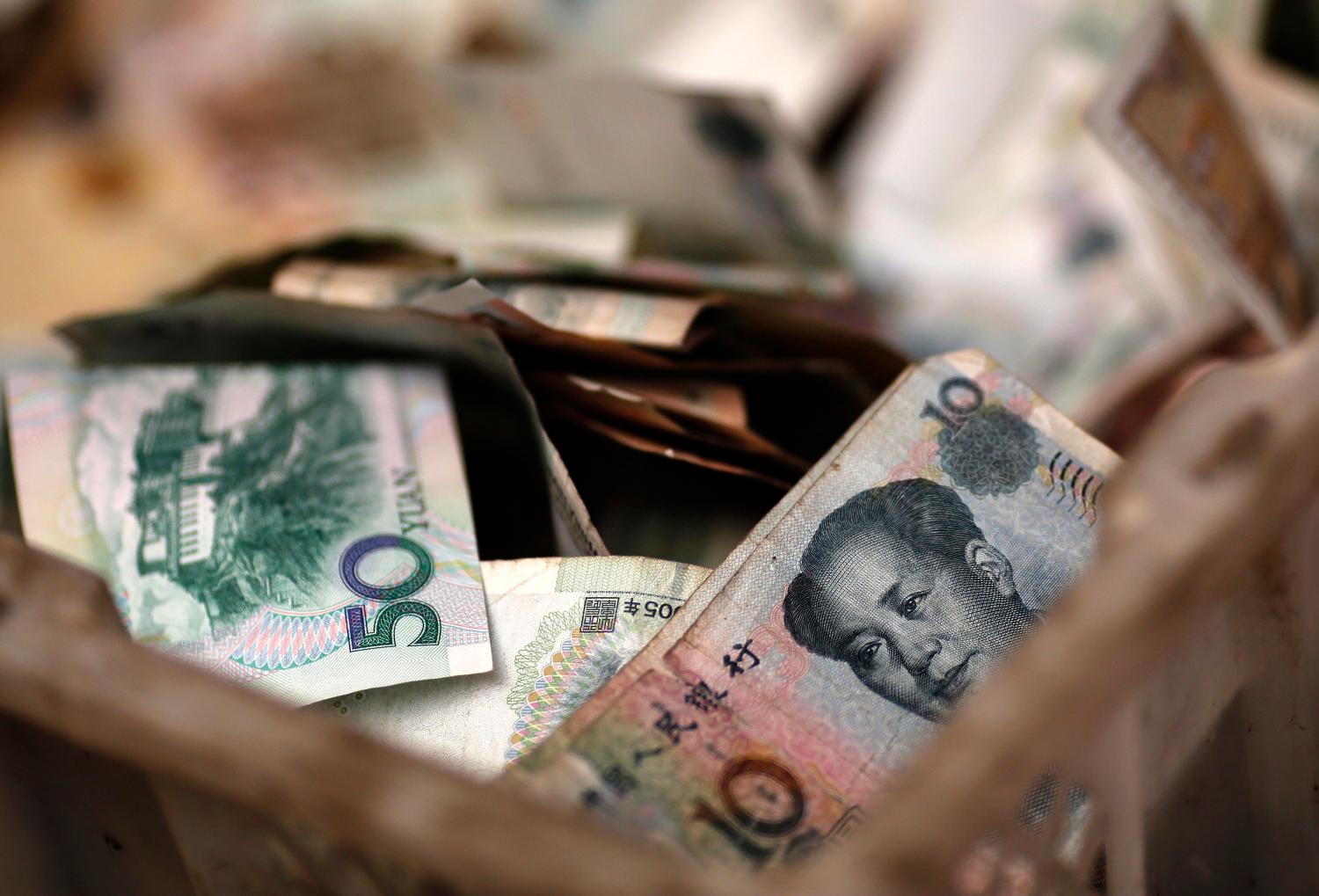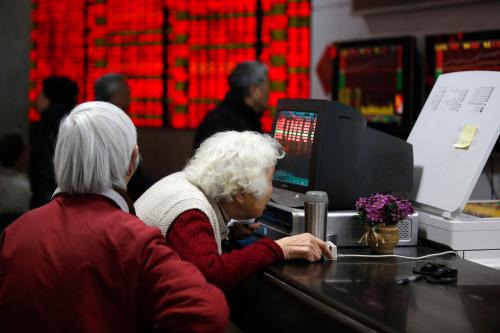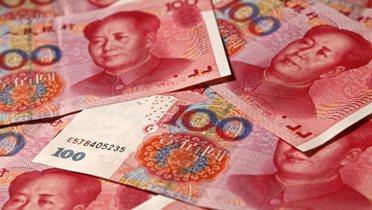Content from the Brookings-Tsinghua Public Policy Center is now archived. Since October 1, 2020, Brookings has maintained a limited partnership with Tsinghua University School of Public Policy and Management that is intended to facilitate jointly organized dialogues, meetings, and/or events.
The rapid development of China’s shadow banking sector since 2010 has attracted a great amount of commentary both inside and outside the country. Haunted by the severe crisis in the US financial system in 2008, which was caused in part by the previously unsuspected fragility of a large network of non-bank financial activities, many analysts wonder if China might be headed for a similar meltdown. The concern is especially acute given China’s very rapid rate of credit creation since 2010 and the lack of transparency in much off balance sheet or non-bank activity.
This paper will address the following questions:
- What is shadow banking?
- Why does the sector matter?
- What was the Chinese credit system like before shadow banking?
- What is the nature of shadow banking in China now?
- How big is shadow banking in China?
- Why has Chinese shadow banking grown so fast?
- How does Chinese shadow banking relate to the formal banking sector?
- Why has the Chinese sector developed as it has?
- How does the size and structure of shadow banking in China compare to other countries?
- Will there be a major shadow banking crisis in China?
- How do Chinese authorities intend to reform shadow banking?
The Brookings Institution is committed to quality, independence, and impact.
We are supported by a diverse array of funders. In line with our values and policies, each Brookings publication represents the sole views of its author(s).












